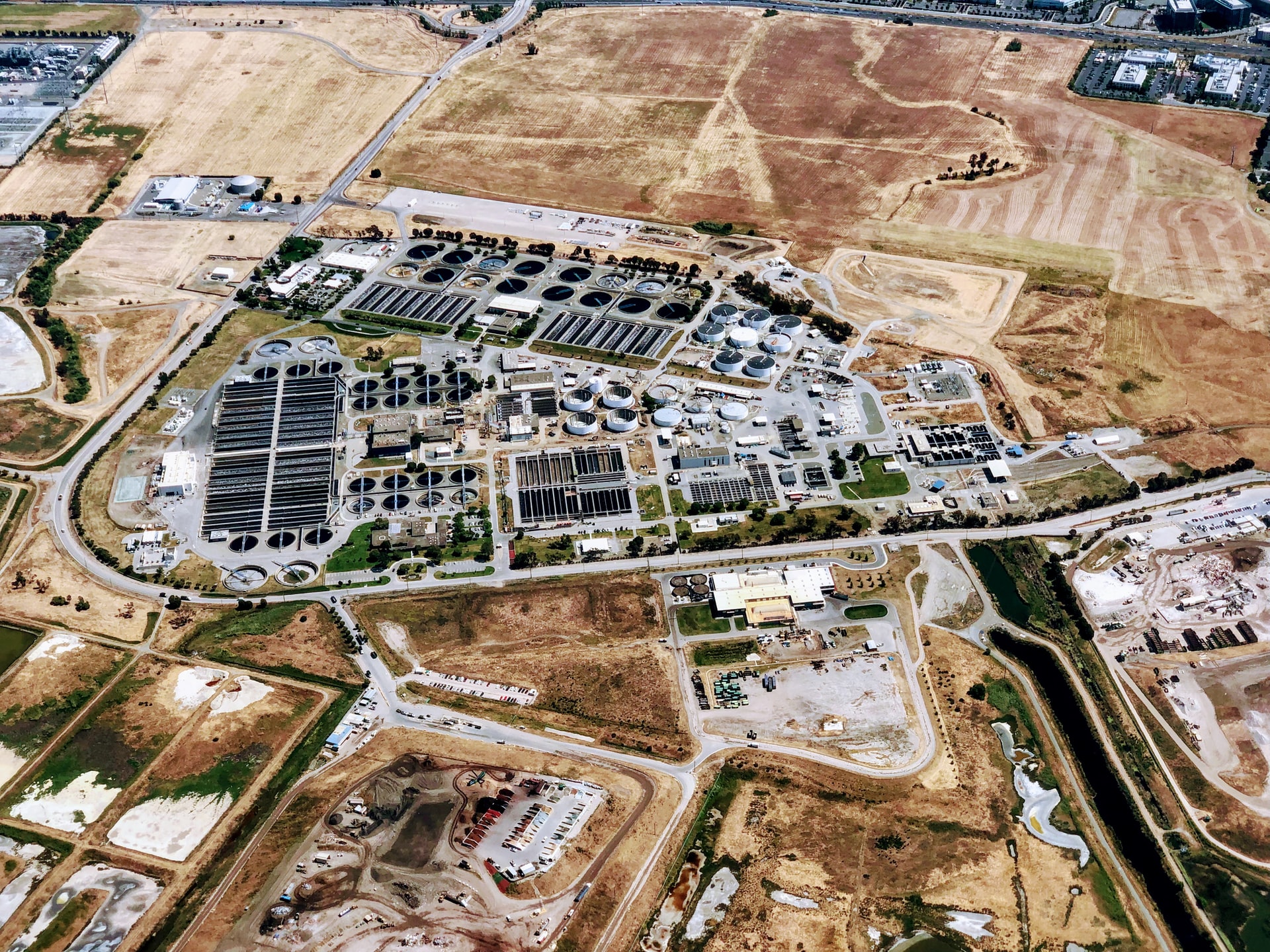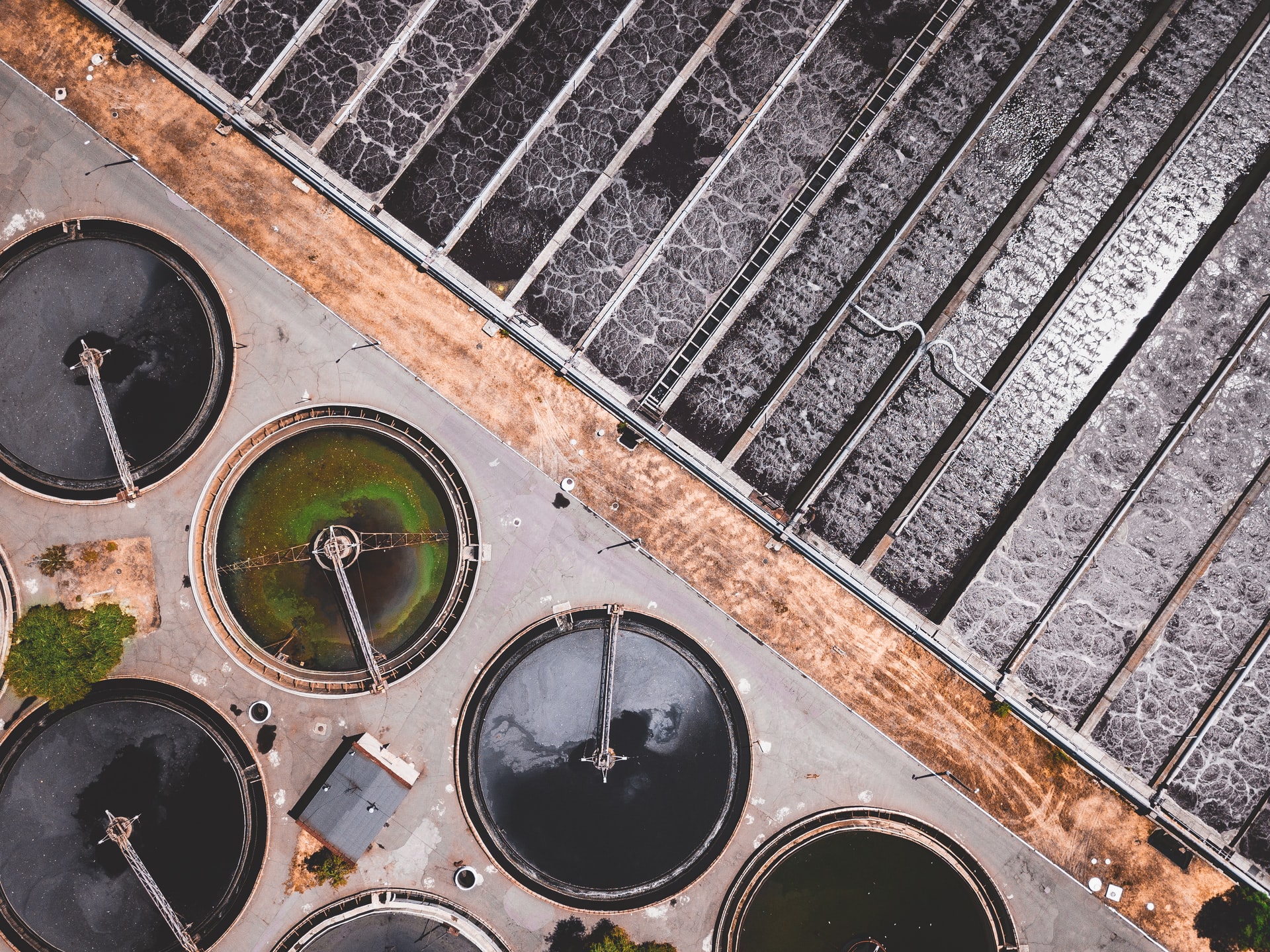BLOG | Bluephage
Greater social awareness is needed to invest in innovative and sustainable technologies to treat human-generated waste, including water.

Bluephage promotes the sustainability of the water cycle by ensuring the microbiological safety of wastewater.
The urgency of good wastewater management is one of the Sustainable Development Goals in target six. According to the WHO, at least two billion people use a source of drinking water contaminated with faeces, and every day, more than 700 children under the age of five die from diarrhoea.
The latest report on the state of implementation of the EU’s Waste Water Management Directive warns that “progress on compliance has not been uniform and in some Member States better planning, and more funding for infrastructure is needed,” stressed Virginijus Sinkevičius, European Commissioner for Environment, Oceans, and Fisheries, following its publication.
An innovative and sustainable solution
The so-called biofactories, promoted by the https://www.agbar.es, are part of the sustainable and cutting-edge solutions suggested by experts and the European Union itself.
Unlike traditional wastewater treatment plants, biofactories make use of the waste generated in the process and have a zero energy balance, as they are self-sufficient with their energy.
They are a circular economy-based concept for wastewater treatment that improves water quality and promotes the efficient use of materials and energy while recovering resources and reducing emissions and costs. They reuse municipal, agricultural and industrial waste to produce energy, biogas, and biofuel.
The revolution brought about by the emergence of biofactories won the United Nations award for the best global innovation in climate change in 2018, thanks to the initiative of Aguas Andinas, a Chilean company of the Agbar group, a pioneer in the application of the circular economy.

Wastewater and Coliphages
Wastewater comes from domestic, industrial, and urban discharges, as defined in European Directive 91/271 EEC (PDF). This legislation distinguishes between three types of wastewater:
Domestic wastewater. This type of wastewater comes from households and is essentially produced by human metabolism and activities carried out in the domestic environment.
Industrial wastewater. This type of wastewater includes all wastewater that has been discharged from a site for commercial or industrial purposes.
Urban wastewater. This is water containing both domestic sewage and industrial wastewater. It also includes water that includes stormwater runoff.
European legislation obliges municipalities with more than 15,000 inhabitants to adequately treat their wastewater. The EU law aims to prevent a single EU country from discharging wastewater into the sea without proper treatment.
According to the law, these cities must have urban wastewater collection and treatment systems in place.
Wastewater treatment plants (WWTPs) are responsible for wastewater treatment. However, multiple studies have shown that the treatment of municipal wastewater with conventional activated sludge processes could be ineffective for removing a broad spectrum of viruses in wastewater.
All wastewater spends a minimum of 24 hours and a maximum of 48 hours in the WWTP, receiving the following treatment:
Wastewater treatment
Pre-treatment phase. Remove all the more considerable waste and the various floating fats, sands, and coarser solids.
Primary treatment stage. In this phase, the water is left to settle in large ponds called settling ponds. As a result, the floating waste accumulates on the surface, and the sludge and heavier waste accumulate at the bottom. At the end of this stage, the waste is automatically removed.
Secondary treatment stage. The water enters large ponds with millions of different types of bacteria that eat the organic remains of the wastewater. Throughout this process, a kind of mixer agitates the water so that the bacteria have the oxygen they need to live. The water is then passed to other settling basins to remove the remaining sludge further. At the end of the process, the water is returned to its natural course or channelled for other uses.
Sludge treatment stage. All sludge that has been removed from the settling basins enters another facility called a digester. There they are treated, stored, or used for other purposes. At this stage, gas is produced, used as fuel in the plant itself, either for heating buildings or for electricity production.
The new Regulation (EU) 2020/741 of the European Parliament implies the use of coliphages to validate reclaimed water treatments for agricultural irrigation. According to this new regulation, the validation control of reclaimed water for agricultural irrigation will involve the control of micro-organisms such as E. coli for pathogenic bacteria, somatic coliphages, F-specific coliphages or total coliphages for pathogenic viruses, among others.
An ordinance of 20 April 2021, published in the JO Legifrance of 27 May, specifies the methods of spreading sludge from urban wastewater treatment. This is the first regulation of a European Member State requesting the measurement of somatic coliphages in sludge treatment.


